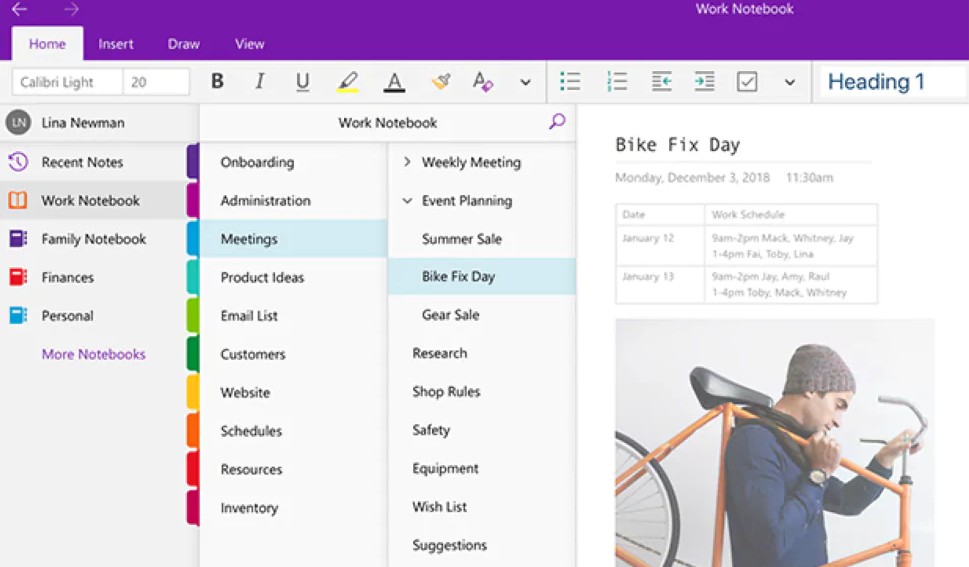

When you get feedback on a survey saying that the product is great, that puts your product team is in a tough spot because they don’t have any signals about what to work on in the future.Ī lot of this can be traced back to their freemium acquisition strategy, which brings in users who are all over the map with their requirements and usage habits. These survey responses are worrying, especially the 14% who aren’t using the product every day and the 13% who have no feedback at all. I love it, and it’s great for my business.” We followed up to ask customers why they would be disappointed, and here’s what we found:Ģ5% said it keeps them organized - “I use Evernote to organize shopping lists, keep track of kids activities, and make lists for practically everything in my life.”ġ4% said they use it for taking important notes - “I’d be disappointed because it helps me take notes during work for important meetings.”ġ3% said Evernote is great - “Evernote is just great. And to move the needle on that number, they’ll have to make significant changes in the way they think about their customers. This means that Evernote is not providing the type of value that customers expect from a note-taking app. What we’re looking for is a threshold of at least 40%. When we asked customers, How disappointed would you be if you could no longer use Evernote? They received a product-market fit score of 23%, meaning that only 64 of 277 people we surveyed would be disappointed if they could no longer use the service. Limiting accounts based on number of notes or storage size could potentially have the same negative impacts on customer perception of their brand. While both Hiten and I don’t know if limiting syncing on devices was the best choice when they updated their plan, it’s hard to see if there is another value metric that would have been a better choice. Had Evernote made these changes earlier in their lifecycle, customers would have been trained to expect more changes in their plans. By adding limits to the number of devices a user can sync to on their free plan, they effectively alienated a big part of their user base. Their biggest mistake was waiting too long to revamp their pricing model, giving free users a significant amount of time to get used to and rely on certain features.

Riding that leading curve helped propel their growth early on, but when they didn’t change with the times, it put Evernote in a really difficult position. They were also one of the first companies to double down on mobile apps. How freemium acquisition can go wrong over timeĮvernote was one of the first big freemium players in 2008, and they executed that acquisition strategy better than anyone else.


 0 kommentar(er)
0 kommentar(er)
